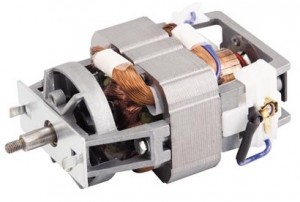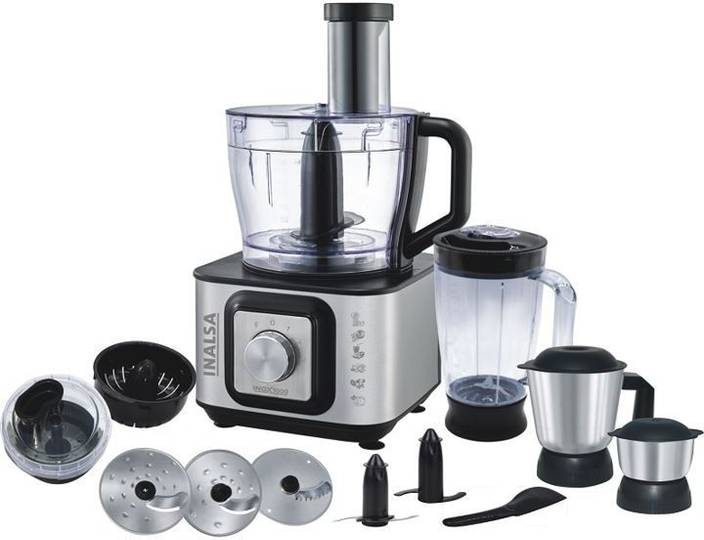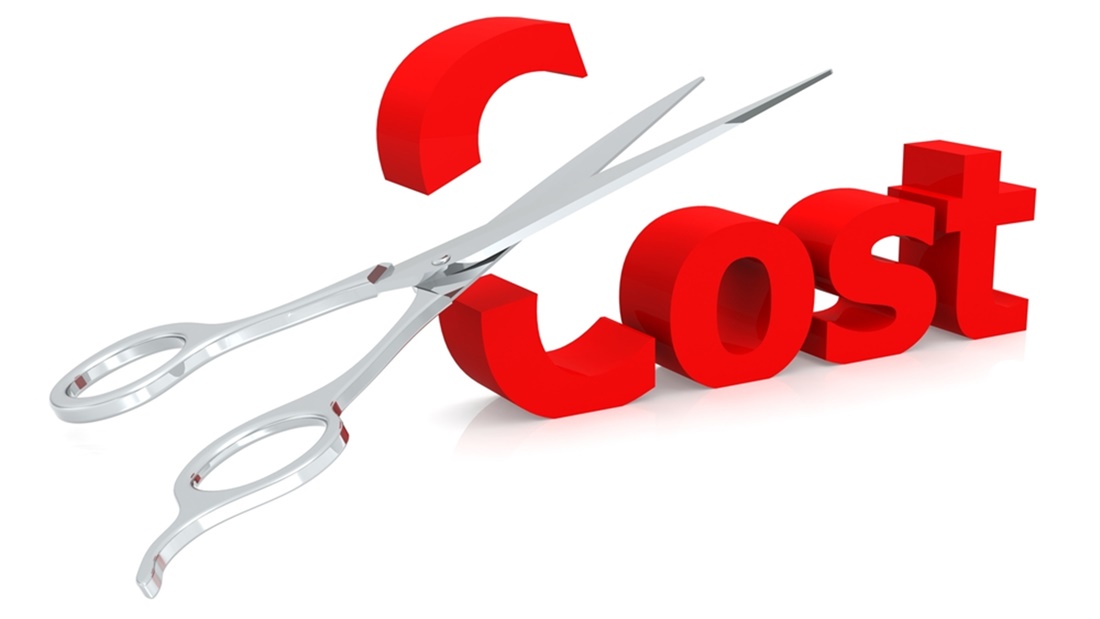Author- Vibhor Shergill (Brother of Sabhyata Shergill)
Take for instance, a well educated and well skilled person walking into a job interview wearing baggy, over sized shirt and an ill fitted pair of pants. What do you think would be his chances of finally making into that organization. Almost NIL, unless the organization is in dire need of workforce.
Fortunately, one does not need to spend thousands of bucks to buy dresses that fit one well nor does one necessarily need to buy dresses from over-the-top expensive brands to have an everlasting impression on someone. A sewing machine does the trick.
“You can have anything in life if you dress for it”
-Edith HeadIn this fast-paced world, merely ‘dressing’ is no longer a basic human need, but ‘dressing well’ is one. The kind and fitting of clothes we wear has a great influence on our confidence level when dealing with people. Clothes can greatly impact how others perceive us, so much so that one’s dressing sense may become a deal breaker.
Take for instance, a well educated and well skilled person walking into a job interview wearing baggy, over sized shirt and an ill fitted pair of pants. What do you think would be his chances of finally making into that organization. Almost NIL, unless the organization is in dire need of workforce.
Fortunately, one does not need to spend thousands of bucks to buy dresses that fit one well nor does one necessarily need to buy dresses from over-the-top expensive brands to have an everlasting impression on someone. A sewing machine does the trick.
Now, if you are a frequent visitor to the posts on this blog, you might be probably aware that we take each topic from the grass root level and we will do the same with this post as well. We will begin with the basics first, understand the different types of sewing machines available in the market and how they work along with the Pros and Cons of each. Following which, we would proceed to discuss how some manufacturers, in order to keep the upfront cost of the machine low, cut manufacturing costs and produce below par sewing machines, the components of which have very poor shelf life that fail only after a few months of operation. Then, we will move onto deciding which are the best sewing machines available in the market that are not only efficient and long lasting but also offer the most value for money.
So without further a do, let’s begin…
THE BASICS
Sewing machine was invented by Sir Thomas Saint in 1790 in the view of decreasing the manual sewing work performed in clothing companies. Since then, several other artists came up with their design of the sewing machine and made the appliance an instant hit with the audience. It found its takers both in domestic and industrial spheres.
The main component of any sewing machine is the needle which has a tiny hole at its lower end for inserting the thread. The needle moves up and down to push a loop of thread through the fabric where it attaches to another thread from the bobbin. A bobbin is a part of the sewing machine located underneath its surface on which the second spool of thread is wound. The bobbin rotates in sync with the movement of the needle above.
The bobbin has a hook that grabs the thread from the needle above when the needle is pushed through the fabric. The bobbin loops the top and bottom threads together forming a tight lock stitch. To hold the thread, there is an assembly called as tension disc. The disc can be tightened for sewing thin fabrics or loosened for sewing thick fabrics.

(Image of bobbin situated underneath the machine)
Now, having learnt how a sewing machine works, let us proceed to discuss the various types of sewing machines available in the market along with their Pros and Cons.
Sewing Machines are primarily offered in the following configurations:-
As the name suggests, this type of sewing machine requires the user to do most of the tasks manually, such as deciding the stitch lengths, determining whether one is sewing a straight stitch or a zig-zag one, manually turning the lever for moving the needle up and down through the fabric.
PROS:-
This configuration of sewing machine consists of a motor. This motor gives power to the needle to move in and out of the fabric. An electronic foot pedal is provided with these machines which is used to control the speed of the motor, where a light press on the pedal keeps the motor speed low and a firmer press on the pedal provides greater motor speeds. Due to the presence of the foot pedal, the user can control the position of the fabric with both hands.
Additionally, there is a rotary dial on the electric sewing machine that provides controls for various stitch lengths and types. Variety of stitch patterns, such as tricot stitch, reverse stitch, shell stuck stitch etc. can be achieved with electric sewing machines. Some machines also provide features like automatic thread cutting, automatic tension setting and automatic needle threading. Applications of electric sewing machine include button holding, button fixing, quilting, embroidering, lace fixing etc.

(Image of a woman working with an Electric Sewing Machine)
PROS:-
This category of sewing machines is the most technically advanced sewing equipment available on the planet. Computerized sewing machines are designed to cater to the advanced stitching, embroidering, hemming and quilting requirements. The user can select from hundreds of pre-built sewing patterns and designs. Furthermore, by the virtue of USB ports in the sewing machine, the user can create advanced stitching designs on a computer and link it to the machine to have that design on the fabric.
Computerized sewing machines also have a provision for memory card accessibility which lets the user save the previous designs and stitching patterns onto the card which can be used for future stitching needs. An interactive screen displaying the progress of the work and the previously saved patterns accentuates the ease with which the user can perform stitching on the fabric.
PROS:-
COST CUTTING TECHNIQUES

Now, having discussed how some sewing machine manufacturers cut costs, let us proceed to zero down on some of the best sewing machines available in the market that not only make use of long-lasting, efficient components but also offer the most value for money.
So without further a do, let’s begin…
THE BASICS
Sewing machine was invented by Sir Thomas Saint in 1790 in the view of decreasing the manual sewing work performed in clothing companies. Since then, several other artists came up with their design of the sewing machine and made the appliance an instant hit with the audience. It found its takers both in domestic and industrial spheres.
The main component of any sewing machine is the needle which has a tiny hole at its lower end for inserting the thread. The needle moves up and down to push a loop of thread through the fabric where it attaches to another thread from the bobbin. A bobbin is a part of the sewing machine located underneath its surface on which the second spool of thread is wound. The bobbin rotates in sync with the movement of the needle above.
The bobbin has a hook that grabs the thread from the needle above when the needle is pushed through the fabric. The bobbin loops the top and bottom threads together forming a tight lock stitch. To hold the thread, there is an assembly called as tension disc. The disc can be tightened for sewing thin fabrics or loosened for sewing thick fabrics.
(Image of bobbin situated underneath the machine)
Now, having learnt how a sewing machine works, let us proceed to discuss the various types of sewing machines available in the market along with their Pros and Cons.
Sewing Machines are primarily offered in the following configurations:-
- Mechanical
- Electric
- Computerized
As the name suggests, this type of sewing machine requires the user to do most of the tasks manually, such as deciding the stitch lengths, determining whether one is sewing a straight stitch or a zig-zag one, manually turning the lever for moving the needle up and down through the fabric.
PROS:-
- Easy maintenance. Since mechanical sewing machines do not rely upon complicated circuit boards and electronic mechanism to perform the stitching operation, they are a lot easier and cheaper to maintain. Also, chances of failure are very small due to the absence of electronic parts.
- For absolute beginners. Due to the presence of less-advanced features than other configurations of sewing machines, mechanical sewing machines make for great devices for beginners to hone their stitching skills.
- Time consuming. Since most of the operations need to be performed manually by the user, mechanical sewing machines tend to take a lot more time than their electric counterparts in doing the same task.
- Limited number of stitches. Mechanical sewing machines are not as precise as the electric ones and therefore can not put as many stitches on the fabric as the electric ones do, making the stitched region prone to tearing if excessive stress is applied.
This configuration of sewing machine consists of a motor. This motor gives power to the needle to move in and out of the fabric. An electronic foot pedal is provided with these machines which is used to control the speed of the motor, where a light press on the pedal keeps the motor speed low and a firmer press on the pedal provides greater motor speeds. Due to the presence of the foot pedal, the user can control the position of the fabric with both hands.
Additionally, there is a rotary dial on the electric sewing machine that provides controls for various stitch lengths and types. Variety of stitch patterns, such as tricot stitch, reverse stitch, shell stuck stitch etc. can be achieved with electric sewing machines. Some machines also provide features like automatic thread cutting, automatic tension setting and automatic needle threading. Applications of electric sewing machine include button holding, button fixing, quilting, embroidering, lace fixing etc.
(Image of a woman working with an Electric Sewing Machine)
PROS:-
- Compact design. Electric sewing machines are compact devices as majority of the operations are motorized and are performed by the circuit board which results in an easy to carry form-factor that allows the users to place and use the machine wherever there is a power socket.
- Stitch pattern variety. Since significantly higher number of stitch patterns and designs can be achieved with electric sewing machines over the mechanical ones, one has the freedom to perform any kind of stitch operation on the fabric.
- Innumerable applications. As discussed before, electric sewing machines are versatile devices and can be used to perform variety of stitching operations from zipper attachment to button fixing to hemming etc.
- Difficult to repair. Electric sewing machines, though quite long-lasting and easy to use, ultimately rely on electronic components for their operation. If any component fails, the entire circuit board needs to be either repaired or replaced which requires a highly skilled technician.
This category of sewing machines is the most technically advanced sewing equipment available on the planet. Computerized sewing machines are designed to cater to the advanced stitching, embroidering, hemming and quilting requirements. The user can select from hundreds of pre-built sewing patterns and designs. Furthermore, by the virtue of USB ports in the sewing machine, the user can create advanced stitching designs on a computer and link it to the machine to have that design on the fabric.
Computerized sewing machines also have a provision for memory card accessibility which lets the user save the previous designs and stitching patterns onto the card which can be used for future stitching needs. An interactive screen displaying the progress of the work and the previously saved patterns accentuates the ease with which the user can perform stitching on the fabric.
PROS:-
- Automation. With computerized sewing machines, all processes, right from threading the needle to creating the user specified stitch pattern on the fabric are done by the machine itself, with little to no human input apart from selecting the design pattern. This saves a lot of human time and effort.
- Precision. Since these sewing machines do not require much input from the user, the precision of the stitch and design pattern on the fabric is extraordinary.
- Overwhelming controls. The features and stitching designs on offer in a computerized sewing machine can make stitching a fairly easy affair. However, if not so tech-savvy are to use the machine, the very features that seemingly make stitching easier might overwhelm them and they might not be able to use the machine at all.
COST CUTTING TECHNIQUES
- Poor quality, inefficient electric motor. The electric motor is one of the main components of a sewing machine as it is responsible for driving the sewing needle through the fabric. For its paramount significance, it accounts for about 30% of the entire cost of the appliance. However, to save production costs and to maximize profits, some brands resort to installing a substandard electric motor that rotates at low RPMs and is unable to generate the necessary torque to guide the sewing needle through denser fabrics. As a result, proper stitching does not take place. Moreover, due to the stress of the task, such electric motors tend to overheat only after a few minutes of use causing its copper windings to initially distort and then finally melt over the period of months, rendering the entire sewing machine non-operational. The repairs/replacement costs might go up to a few thousand rupees and this process is often reoccurring.
- Fail prone logic board. All the processes - stitch patterns, button fixing, embroidering are programmed and embedded in the circuit board of the logic board and are activated by the press of a button by the user. In other words, a logic board is the heart of electric and computerized sewing machines. Hence, it is one of the favourite areas of the manufacturers to cut costs. Some manufacturers tend to use inexpensive logic boards with badly laid out and poorly soldered components (transistors, micro-controllers etc.) which cease to perform their intended functions when the soldering wears off.
Now, having discussed how some sewing machine manufacturers cut costs, let us proceed to zero down on some of the best sewing machines available in the market that not only make use of long-lasting, efficient components but also offer the most value for money.







